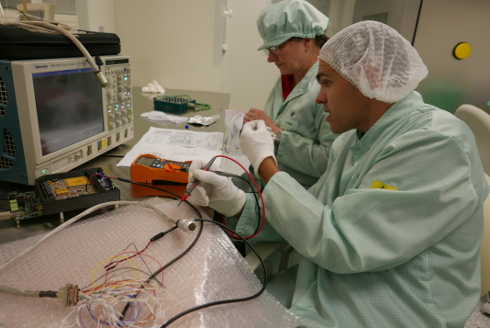Silent enim scientiae inter arma
The ruling Council of the European Space Agency ESA, meeting in Paris on 16-17 March, assessed the situation arising from the war in Ukraine regarding ExoMars, and unanimously
- acknowledged the present impossibility of carrying out the ongoing cooperation with Roscosmos on the ExoMars rover mission with a launch in 2022, and mandated the ESA Director-General to take appropriate steps to suspend the cooperation activities accordingly
- authorised the ESA Director-General to carry out a fast-track industrial study to better define the available options for a way forward to implement the ExoMars rover mission.
The director-general of Roscosmoss responded that Russia will conduct this research expedition in the future, without "all those 'European friends' with their tails tucked because of American shouting".
The WAM instrument
Goal / WAM (Wave Analyser Module) aims to provide the first direct proof of lightning-like discharges in dust and wind storms on Mars' surface. Another goal is to observe radio waves propagating from interplanetary space to Mars' surface.
Basic facts / WAM is a part of the MAIGRET instrument and consists of a spectral analyzer, that processes a signal from the magnetometer in the frequency range from 100 Hz to 20 kHz. The receiver is being built at the Department of Space Physics, Institute of Atmospheric Physics CAS. Mechanical parts are prepared in cooperation with the Institute of Scientific Instruments CAS.
ExoMars
Mission / ExoMars consists of the robotic rover and surface platform. The main goal is to land the rover in a region with a high chance of observing organic materials, especially those from the early phase of the planet.
Launch data / --
Instrumentation / Optical cameras, UV, IR, laser and neutron spectrometers, thermometers, particle and dust detectors, seismograph, electromagnetic field sensors.
Landing / Oxia Planum
Mission lifetime / 9 months cruise phase and 1-year scientific mission on the surface





